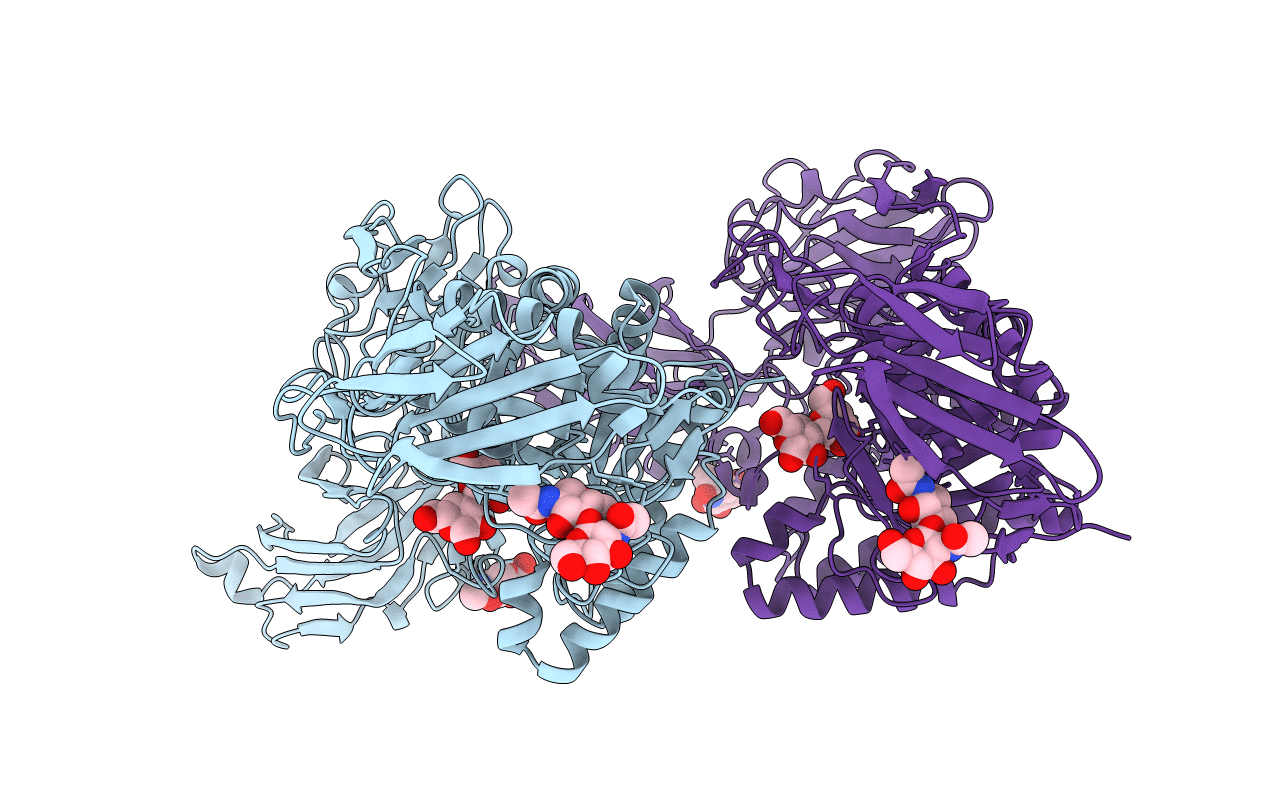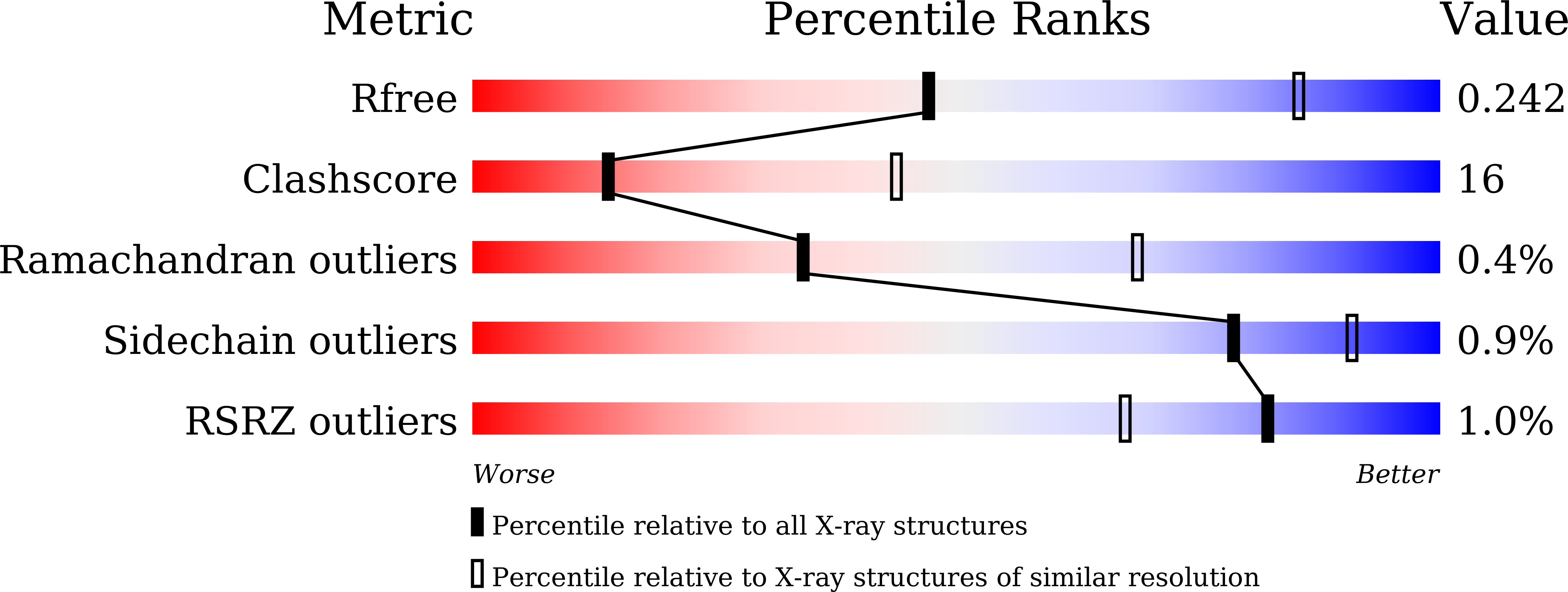
Deposition Date
2018-10-15
Release Date
2018-11-28
Last Version Date
2024-11-13
Entry Detail
PDB ID:
6IK7
Keywords:
Title:
Crystal structure of tomato beta-galactosidase (TBG) 4 in complex with beta-1,3-galactobiose
Biological Source:
Source Organism:
Solanum lycopersicum (Taxon ID: 4081)
Host Organism:
Method Details:
Experimental Method:
Resolution:
3.10 Å
R-Value Free:
0.24
R-Value Work:
0.19
R-Value Observed:
0.20
Space Group:
P 21 21 21


